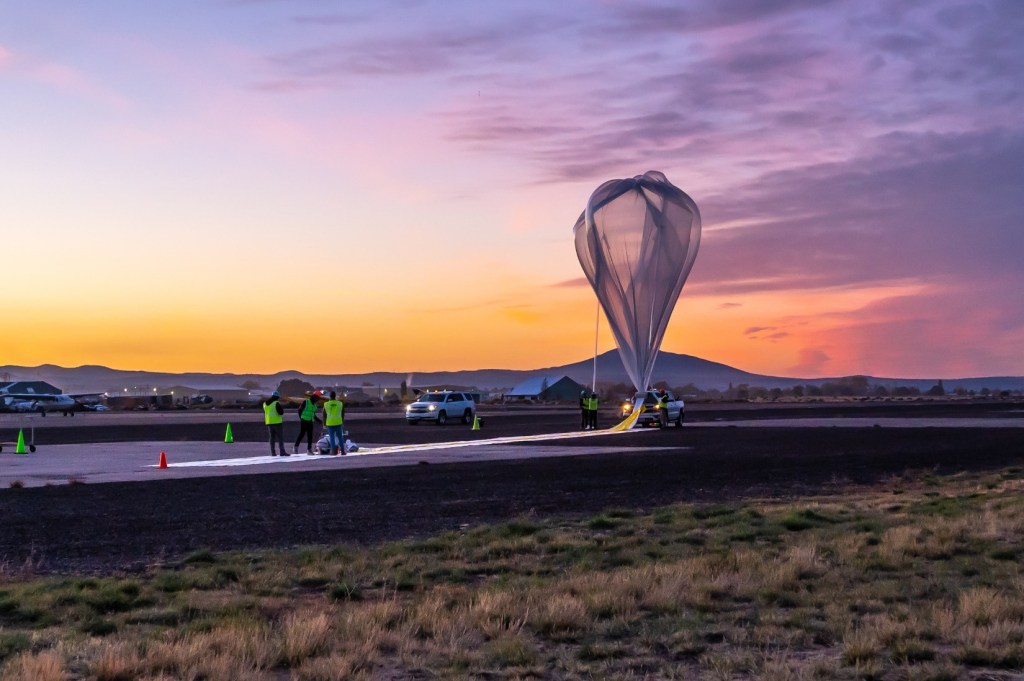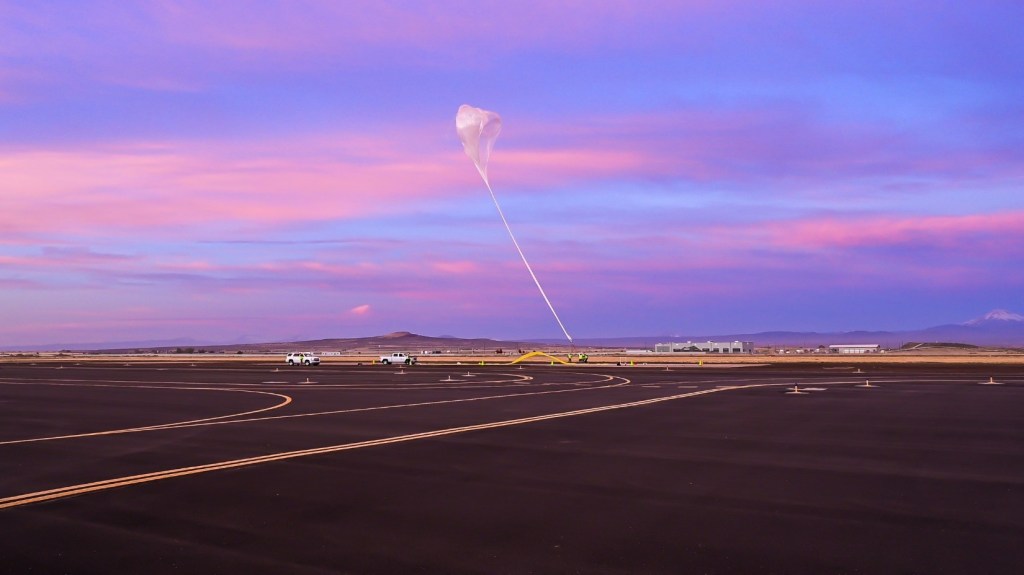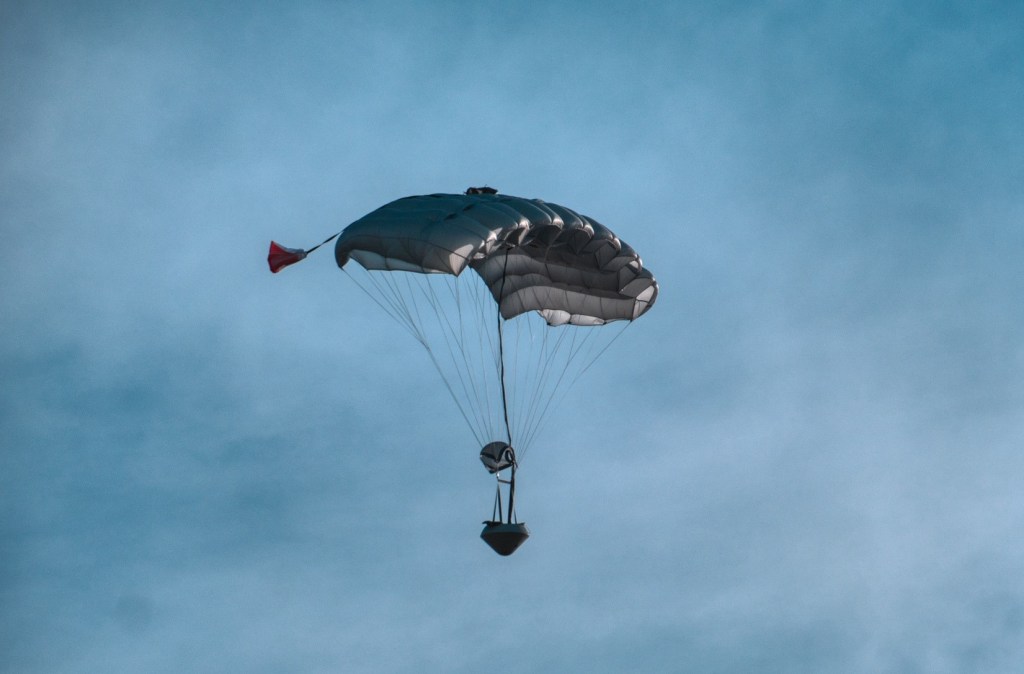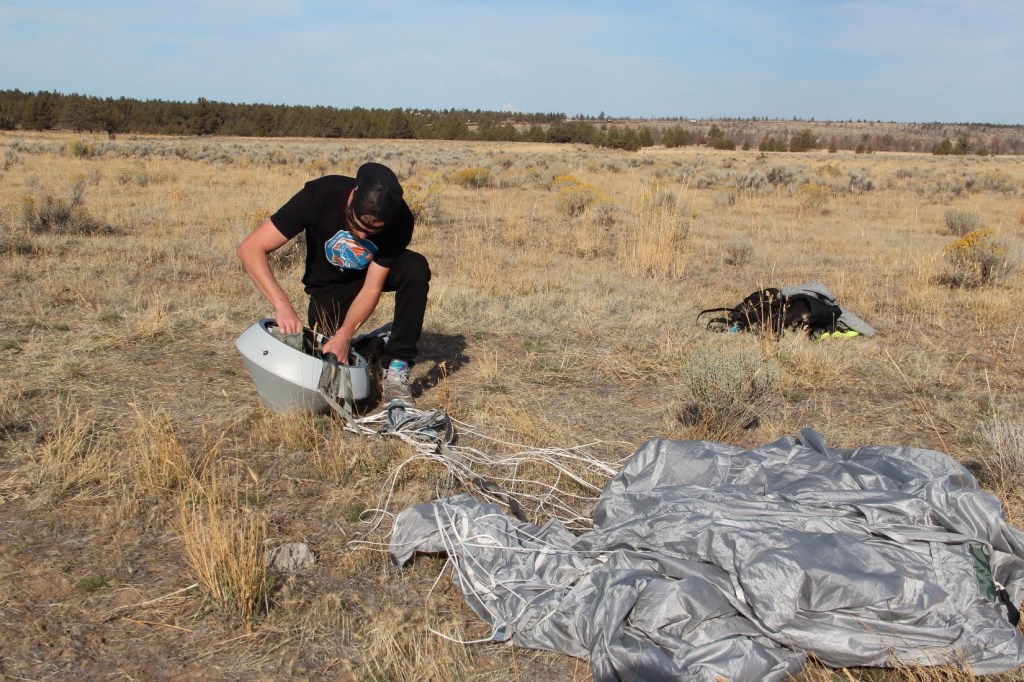On Oct. 19, 2021, a payload return capsule from SpaceWorks Enterprises was put to the test in Madras, Oregon, through a NASA Flight Opportunities-sponsored flight test. The company’s Re-entry Device 4U (RED-4U) capsule was suspended under a high-altitude balloon provided by Near Space Corporation and released at an altitude of 103,000 feet. The capsule landed within 250 feet of the target touch-down destination, thanks to a guided parafoil from Earthly Dynamics Corporation and Aerial Delivery Solutions. While both the capsule and the parafoil had undergone previous testing, the demonstration was a milestone for evaluating the capsule’s altitude-detection capabilities and the parafoil’s autonomous guidance and control. The parafoil (a self-inflating device that resembles a parachute) deployed at approximately 25,000 feet – the highest altitude for which its deployment is designed. It then autonomously guided and controlled the capsule’s descent to an easily retrievable ground location. This capability could make payload recovery safer and less costly and complex than untargeted touchdowns, where payload landing locations are much more difficult to predict.
The successful flight test brings the technology a step closer to potential space-based uses. Approximately 20 inches in diameter, the guided re-entry capsule could one day be used for on-demand transport back to Earth of payloads up to about 18 pounds. It could carry materials manufactured in space for use on Earth, small instruments and tools, biological samples, and science experiments from low-Earth orbit destinations.
For the recent flight test, an educational payload designed by students from the Georgia Institute of Technology (Georgia Tech) in Atlanta hitched a ride inside the capsule. Supported by educational funding from Flight Opportunities the university’s Sensor Telemetry Rig and Trial Operation System (STRATOS) captured real-time flight data during launch and recovery of the capsule. The student team will process the data to generate a full trajectory reconstruction. They plan to leverage the results to lay the groundwork for future Georgia Tech satellite missions specific to satellite relay systems, software architecture, flight avionics, and flight-ready structural designs. In addition to developing a flight-ready technology, the recent demonstration also provided students experience working directly with professional engineers on hardware development, integration, and field testing.
About Flight Opportunities
Flight Opportunities, a program of NASA’s Space Technology Mission Directorate, rapidly demonstrates promising technologies for space exploration, discovery, and the expansion of space commerce through suborbital testing with industry flight providers.
By Nicole Quenelle
NASA’s Armstrong Flight Research Center



































